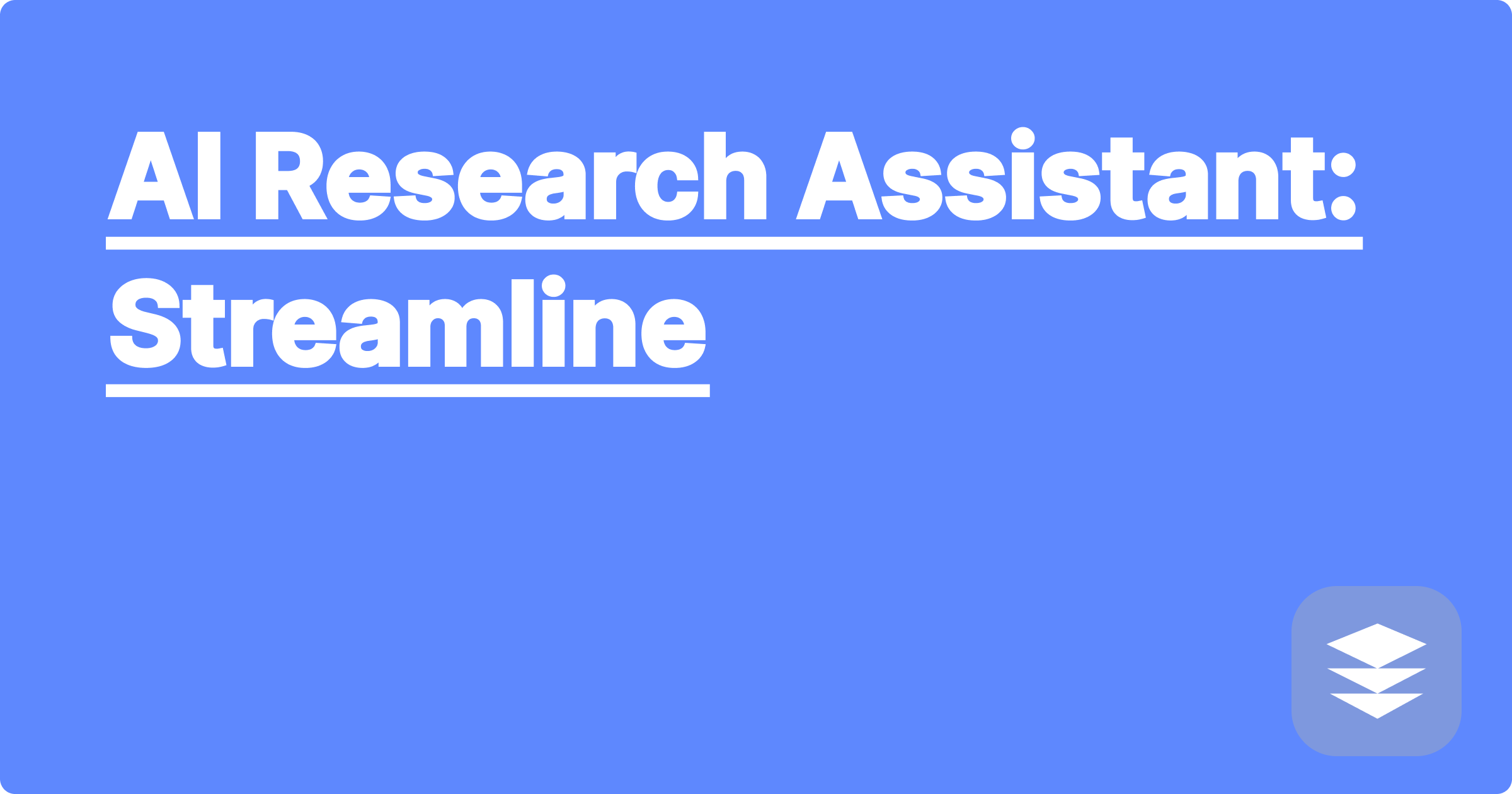
The demanding world of STEM education and research often leaves students feeling overwhelmed. Balancing coursework, research projects, and personal life can be a constant struggle. The pressure to achieve high GPAs and produce groundbreaking research can lead to burnout and frustration. However, a new wave of AI-powered tools is emerging, offering a lifeline for STEM students and researchers. These tools can streamline workflows, personalize learning, and ultimately unlock unprecedented academic success. Imagine having a personalized research assistant, a customized study guide, and a smart time management system all rolled into one. This is the promise of AI in STEM education, and it's transforming how students learn and researchers innovate.
For STEM students and researchers, time is a precious commodity. Every minute spent struggling with a complex concept or searching for relevant research papers is a minute lost from valuable study or lab time. AI offers the potential to reclaim this lost time, enabling students and researchers to focus on what matters most: deep learning and impactful discoveries. This blog post explores how AI-powered tools like the hypothetical GPAI platform, along with existing tools like ChatGPT, Claude, and Wolfram Alpha, can revolutionize the STEM learning experience and empower students to achieve their full potential. We'll delve into practical strategies, real-world examples, and specific tips for leveraging AI to optimize your academic journey and research endeavors.
STEM fields are inherently complex, demanding a deep understanding of fundamental concepts and the ability to apply those concepts to solve intricate problems. Students often grapple with vast amounts of information, intricate formulas, and complex experiments. Researchers face similar challenges, navigating an ever-expanding body of literature and grappling with sophisticated data analysis techniques. Traditional learning methods can be inefficient, failing to cater to individual learning styles and research needs. The "one-size-fits-all" approach often leaves students struggling to keep up or feeling unchallenged. Furthermore, the pressure to excel academically can take a toll on students' mental well-being, leading to stress, anxiety, and even burnout. This is where AI steps in, offering personalized learning experiences, automated research assistance, and efficient time management solutions.
AI-powered tools are transforming the STEM landscape by providing personalized learning experiences tailored to individual student needs. Platforms like the hypothetical GPAI can analyze a student's strengths and weaknesses, creating customized study plans that focus on areas needing improvement. These platforms can also provide targeted practice problems, interactive simulations, and personalized feedback, ensuring that students grasp key concepts effectively. For researchers, AI can automate tedious tasks like literature reviews, data analysis, and even experimental design. Tools like ChatGPT and Claude can summarize research papers, extract key information, and even generate hypotheses. Wolfram Alpha can perform complex calculations, generate visualizations, and provide step-by-step solutions to mathematical problems.
Integrating AI into your STEM workflow can be seamless and highly beneficial. Start by identifying your specific needs and challenges. Are you struggling with a particular subject? Do you need help managing your research projects? Once you've identified your needs, explore the various AI tools available. For personalized learning, GPAI (or a similar platform) could be your go-to solution. Input your course information and learning goals, and let the AI generate a customized study plan. For research assistance, leverage ChatGPT or Claude to summarize research papers and extract key insights. Use Wolfram Alpha for complex calculations and data analysis. As you use these tools, continuously evaluate their effectiveness and adjust your approach as needed. Remember, AI is a tool, and its effectiveness depends on how you use it.
Consider a physics student struggling with projectile motion. Instead of passively reading textbooks, they can use an AI-powered physics simulator recommended by GPAI to visualize projectile trajectories and experiment with different parameters. A chemistry student can leverage AI-powered molecular modeling software to visualize complex molecular structures and understand chemical reactions at a deeper level. A mathematics student grappling with calculus can use Wolfram Alpha to step through complex integrations and differentiations. In research, a graduate student working on a literature review can use ChatGPT to summarize dozens of research papers in minutes, freeing up valuable time for analysis and synthesis. These are just a few examples of how AI can be applied across various STEM disciplines.
To maximize the benefits of AI in your STEM journey, develop a strategic approach. First, embrace active learning. Don't just passively consume information; engage with the material actively through interactive simulations, practice problems, and discussions. Second, prioritize time management. Use AI-powered scheduling tools to create realistic study plans and stick to them. Consider integrating the Pomodoro Technique with your AI-powered schedule for focused study sessions. Third, don't neglect your mental well-being. AI-powered mindfulness apps can help you manage stress and maintain a healthy work-life balance. Finally, remember that AI is a tool to augment, not replace, your own learning and research efforts. Critical thinking, problem-solving skills, and creativity remain essential for success in STEM.
In conclusion, AI is revolutionizing the STEM learning and research landscape, empowering students and researchers to achieve unprecedented levels of success. By embracing these powerful tools and incorporating them strategically into your workflow, you can unlock your full potential and navigate the challenges of STEM with confidence and efficiency. Start exploring the various AI tools available, experiment with different approaches, and discover how AI can transform your academic journey. Don't be afraid to seek guidance from professors, mentors, and peers who have experience using AI in their own work. The future of STEM is here, and it's powered by AI. Embrace it, and watch your academic and research endeavors flourish.